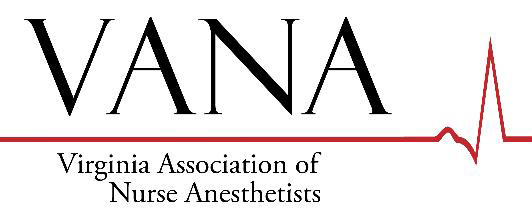Where in the World are VANA CRNAs
This month, VANA spoke with Nancy Harrison, a staff nurse anesthetist at University of Virginia in Charlottesville about her experiences traveling abroad providing medical care internationally. If you would like to share your experience on a medical mission trip with The Monitor for an upcoming edition, please reach out to Katie Jesaitis at [email protected].
As anyone who has participated in a medical mission trip can tell you, once you travel for one trip it’s hard to ever say no to another. I should know – I’ve done nine in the past ten years! I’ve done several mission trips with my church in the past but when I first came across the opportunity to travel to the Philippines to practice anesthesia, it was a nearly instantaneous decision.
Since that initial trip I’ve traveled back to the Philippines five additional times, as well as to Bolivia and to Kenya twice with an organization called “Kenya Relief,” which is an organization started by a nurse anesthetist.
These trips can be stressful but as a nurse I’m no stranger to a stressful day. The ability to have an impact on another community beyond our own borders makes the stress worthwhile. I know for some, the possibility of bringing family along is an added benefit – exploring a new corner of the world alongside your spouse or children, particularly somewhere you may not have chosen for a vacation, is incredibly special.
What I’ve always loved about nursing is the ability to bring a patient through the entire care process, from the minute the patient walks through the door to the minute they leave, knowing I’ve helped every step of the way. Medical missions are a furthering of that process. As a nurse anesthetist, we carry a particular set of skills that are not readily available around the world. So many lower income nations around the world don’t have access to safe surgical and trauma care developed to the standards we hold here in the United States. We really are blessed here and have a responsibility to share our knowledge with our friends in other nations.
When considering my most memorable mission trip, I immediately think about my first overseas trip to the Dominican Republic. Although this wasn’t initially a medical mission trip and was actually a church construction mission I took with my 15-year-old son, it rapidly shifted focus after a man fell off the roof and I escorted him to the hospital.
Due to antiquated equipment, I was urging the hospital staff to administer a spinal rather than using what they had on hand. He was losing a lot of blood and the situation was quickly becoming dire. After surgery, his hemoglobin count was so extremely low that he couldn’t safely be flown back to the US for further care. We knew that due to a high incidence of HIV in country we would need to find a blood donor for a transfusion and it would need to be someone from within our team or another nearby American team. As it turned out, my 15-year-old son was a match.
I was to remove a unit of whole blood from my son and immediately turn it to the patient in the next bed for the transfusion. I was thankful that I had the skill to do it and so grateful for my son’s willingness to give his time, talents and blood for the good of the mission. It was that experience, more than any other, that opened my eyes to the need for anesthesia providers in lower income countries.
In a nation like the Philippines, they have lower occurrences of nurse anesthetists – if at all. Physicians do the anesthesia, and there simply aren’t enough personnel. There are organizations however, like the International Federation of Nurse Anesthetists, who will accredit and advise countries who want to build up an NA program, giving them the curriculum and helping them to develop a program.
To practice in some countries, NAs will require a license. In the Philippines, it was a quick process with a temporary license and has never gotten in the way of my ability to practice – and of course, the most important thing is guaranteeing that patients are always receiving safe, quality healthcare.
When I think about my favorite part of practicing internationally, I think about how these missions push me to be a “MacGyver” anesthetist. We simply don’t have the resources abroad that we do at home and must figure out how to make do with less while still providing quality medical care. It’s a challenge, but it pushes me to be a better provider and a more creative thinker. I come home exhausted but more able to think outside the box when my patients come into UVA. I’m confident that because I travel regularly on these medical mission trips, I’m a better nurse anesthetist year-round.
These trips allow me to travel around the world meeting people and getting to know other medical professionals from VANA and around the United States, and I have the privilege of getting to explore a new local community I would never otherwise see. My best advice for someone considering this path is not to wait – if you’re considering a medical mission, go! People put these trips off until their kids are out of the house, for a “better time” for vacation days, for work to ease up…the best time to get outside your comfort zone and help others is right now.

